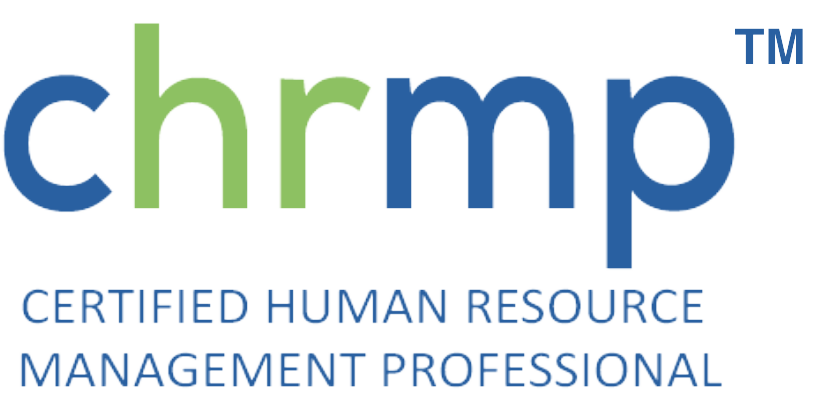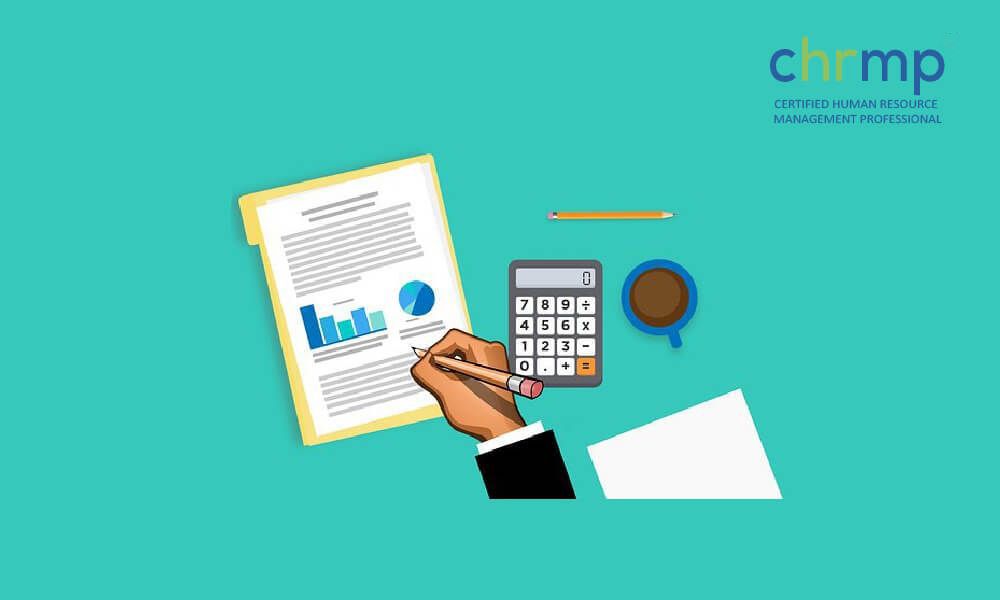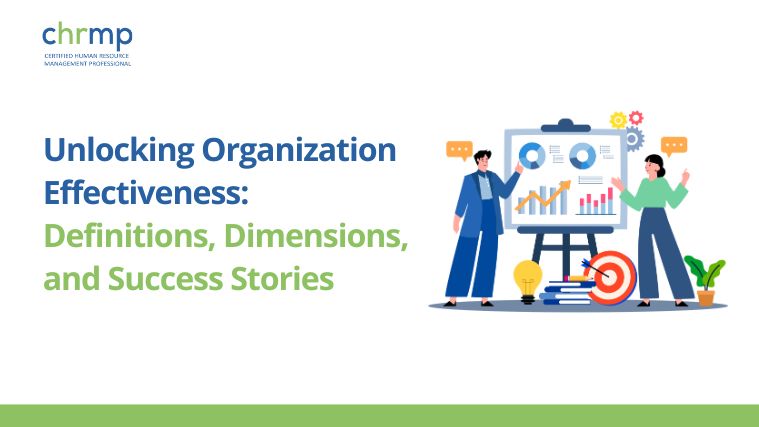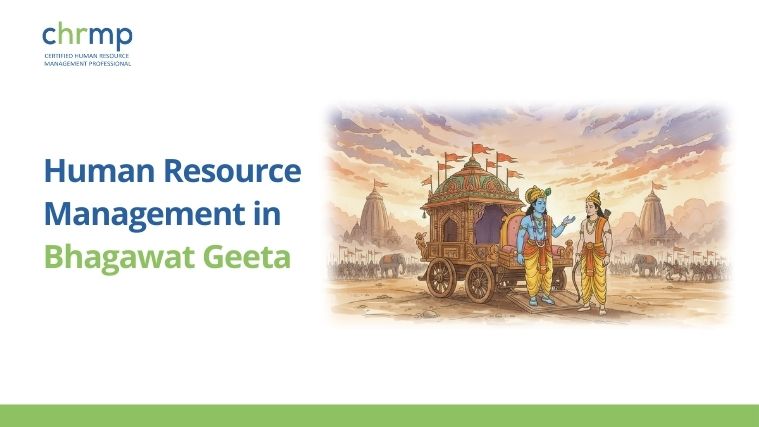Preparing a good technical report is very important activity for conveying the scientific results and information to the concerned audience.
We also write it to promote a newly developed product / process or technology.
1. Definition
Wikipedia defines the technical report or scientific report as a document that describes the process, progress or results of technical or scientific research. As per Wikipedia, it may also be defined as the following
- Statement of technical or scientific research problem
- It may also include the recommendations and conclusions of the research.
- It is often not peer-reviewed, as is done in the case of referred, reputed technical journals.
- If not peer-reviewed, it may be treated as an in-house report meant to serve the organizational needs.
2. How to prepare a good technical report?
We must understand the following aspects very clearly, in order to prepare a good technical report.
Characteristics
A good technical report should have the following characteristics
- True,
- Concise,
- Comprehensive,
- Logical / sequential,
- Action oriented and
- Well structured
It should also serve the purpose of audience, for whom we write it.
What questions should you ask, before writing a technical report
Photographer: Jon Tyson | Source: Unsplash
A technical report should convey a set of information from the mind of the writer to that of the reader. A technical report is good , only when it accomplishes this purpose effectively.
Before preparing a written presentation in the form of a technical report, we should ask three questions to ourselves
- Why am I going to write? : (Purpose)
- For whom am I going to write ? : (Audience)
- What am I going to write ? : (Contents)
A clear answer to these questions will determine how the technical report will be written.
Why am I going to write ? : (Purpose)
We write it for any of the following purposes:
- Information for immediate use
- Serve as a basis for immediate action
- Establish claim to a discovery (patents/ copyrights)
- Stimulate interest
- For posterity (future record)
- To spread knowledge
For whom am I going to write ? : (Audience) <!– wp:shortcode –> [thrive_leads id=’28640′] <!– /wp:shortcode –>
We usually prepare the technical report for the following people.
- Top management, to help and to take decision.
- Organizational requirement after the completion of a project or research.
- To convey information to the peers working in the same field.
- For publication in research journals.
If this be the case, then, we should adhere to the guidelines of the journal. Also, we need to give reference, along with an account of work done by the other researchers on that topic.
What am I going to write ? : (Content)
After getting answer to the first two questions, the content of the technical report will be decided. The entire report can be.
Content of a good technical report.
A clear answer to the questions listed in section above, will determine how the report will be written.
To prepare a good report, the writer must have a clear understanding of the material that he is trying to present. The author must be familiar, thoroughly, with the data and the conclusions based on them. A writer can not present his material logically if he fails to organize it logically in his own mind.
The following four aspects need careful consideration by the technical author.
- Planning
- Structure
- Style
Planning for a technical report
Advance planning is a must for a good technical report.
This may consist of the following:
- Prepare a clear outline of the report, keeping in view the audience and purpose
- Start writing long before it is due.
- Write it up while it is still fresh in your mind: 1. Write at the end of an experiment or activity, 2. Write after completion of major facet of work
Structure of a good technical report
For matter of convenience and clarity, we usually divide it into a number of chapters / sections as given below:
Summary; Symbols and Abbreviation; Introduction; Literature Review; Approach; Experimental; Results and Discussions; Techno-economic Evaluation; Conclusions and Recommendations; Acknowledgements; References ; Appendices.
We should write each of the above appropriately. Lot of thinking and care should go in writing each section.
Please continue to look for our next blog, detailing the salient points of each of the above.
Style of technical report
Technical writing style is a purely scientific style.
Basic characteristic of technical writing is that it is based on statement of simple truths. We should note here, that writing in general, may have different styles like poetry, fiction, essay, news, comics. While poetry, fiction, etc., may be subjective in nature, based on emotions, the technical writing must be objective.
A technical document consists usually of a set of instructions for performing a task. These documents may be written in plain English or in some other language such as programming languages. Technical documents are used when the process of doing something requires a lot of information about how to do it. They are often used by programmers who write code.
The technical writing process consists of several stages:
1) planning, 2) research, 3) writing, 4) editing, and 5) publishing. Each stage has specific objectives, which must be met in order to complete the project successfully. If you’re interested in learning how to write for business, then read about the technical writing process.
- Language: It consists of the following : -Syntax; -Punctuation; -Diction; -Paragraph development; -Active-passive Voice; -Tense-We should try to address each of them adequately, in a good technical writing.
- Tables:
A tables is a typographical device used to present in condensed form, many pieces of
related information for comparison. Tables are presented in rows and columns. The
title of table should be clearly descriptive of the information it contains. The tables
should be accurate, complete and economic.
- Figures:
These may be anyone of the following:
-
- Photographs
- Graphs and charts : These are the fastest methods of presenting data.
We should take adequate care to prepare these.
- Symbols:
The symbols should be as per the national or international norms only.
- References:
The reference cited should be real. If we have not used a reference in our report, we should
never cite it.
- Appendices:
The information, which are essential, but could not be accommodated in the main body,
should be given in the end as “Appendices”. Technical writing examples may include
- A list of steps in a process.
- An explanation of how something works.
- A description of how something is made.
- A definition of a term.
- A list of the parts that make up an item.
- A summary, or abstract, of your work.
- The results you achieved.
- The purpose and function of a product.
- How to use a product.
- The characteristics of a product.
- Technical Reports for Students
The following types of technical report can be useful for students:
- A technical report on a project completed by a student.
- A project proposal.
- An assignment from a course.
- Feedback from a teacher or professor.
- Writing sample for a job application.
- Sample text to illustrate a point.
- Summary of a research paper.
- Research proposal.
- A plan for conducting original research.
Human resource management is the process of managing all aspects of hr operations , such as recruitment, training, compensation, benefits, performance management, and succession planning. HR managers must be able to work closely with other departments, such as finance, legal, information technology, and marketing, to ensure smooth operations for the company.
Training and development in HRM refers to any activity designed to improve people’s skills and knowledge, including education programs, workshops, seminars, and courses. Operational functions of HRM include payroll, personnel administration, employee relations, organizational design, and human resources policy.
A technical report is a document intended to provide detailed instructions on a specific topic. It typically presents facts, figures, opinions, analyses, arguments, and/or solutions related to a particular subject matter. Technical reports are commonly published by companies, government agencies, non-governmental organizations, academic institutions, and trade unions.
A well-written human resources manual will help employees understand their rights and responsibilities, and it will also serve as a guide for handling matters related to employee relations. It should be written in plain language so that everyone can easily read it.
HRM covers a wide variety of topics, ranging from recruiting and hiring to firing and disciplining employees. Staff development in HRM means the systematic effort to increase employee productivity through improved skills and knowledge. This includes everything from formal classroom instruction to informal mentoring and coaching.
HRM staff development methods include:
- Training
- Developmental assessment
- Job analysis
- Career counseling
- Organizational development
- Employee assistance program
- Performance appraisal
- Employee recognition
- Workforce planning
- Orientation
- Recruitment
- Selection
- Retention
Technical Writing is the art of communicating ideas clearly and effectively using proper grammar, spelling, punctuation, and sentence structure .Progress reports help you keep track of your progress toward completing a task. They are usually used when there is an ongoing relationship between two parties.
A progress report provides a summary of what has been done and what remains to be done. Progress reports may be presented verbally or in writing.
A progress report describes how much of the required work has been accomplished and how long this work has taken. The purpose of a progress report is to describe the status of the project and show whether the schedule was met.
technical writing skills should be developed during undergraduate study. Students learn about the different types of documents they might write. They learn about the conventions of good writing and the importance of following established rules.
They also learn about the various tools available for creating these documents and become familiar with software applications for word processing, graphics, and publishing.
In addition, students develop their ability to communicate orally and in writing. They practice public speaking and listening techniques.
Students are introduced to the basic principles of good business communication. Writing clear technical documents requires understanding the target audience, developing a strong thesis statement, identifying key points, structuring a document, and editing.
There are four basic elements of technical writing:
- Purpose: What is this document trying to accomplish?
- Audience: Who is going to read this document?
- Structure: What do I need to cover first?
A documentation writer is responsible for ensuring that a document has been created that meets its purpose, while adhering to the organization’s standards and guidelines. The writer may have to coordinate with various team members who contribute content or review drafts.
The purpose of a technical document is to convey information about an idea or concept in a concise way. training design and development in HRM means designing and implementing a comprehensive strategy for improving the effectiveness of the organization’s human resource function.
The primary goal of an effective human resource department is to attract, select, train, develop, retain, motivate, reward, and retain top talent. A good human resource manager will be able to identify the needs of the business, determine how best to meet those needs, and implement a plan to achieve them.
Training Design and Development in HRM can help you improve your HRM skills by providing a framework for assessing your current practices and processes, analyzing your organizational environment, and creating strategies and plans for improvement.
This course provides an overview of the process of building an effective human resource management system.
The entire report can be divided into three sections: Introduction, Body, Conclusion.
Introduction
In this section, we introduce the topic of the report and provide some background on the issue under consideration.
Body
Here we present our main arguments and evidence, including supporting quotes, statistics, and other relevant facts.
Conclusion
We conclude our argument with a summary of what we have said and why we believe it to be true.
You should use the following steps when preparing a technical report:
Step 1: Identify the purpose of the report. What do you want to say? Why does it matter to the reader?
Step 2: Find out the readership. Who is the intended audience? How old are they? Where are they located? What language do they speak?
Step 3: Determine the type of report. Is it a research paper, a letter, or something else?
Step 4: Decide whether you will write from scratch or use a template. If you decide to start from scratch, make sure you know exactly what you want to say before you begin.
Step 5: Write a draft. This step consists of several parts. First, brainstorm ideas. Next, organize these ideas into a logical order. Finally, edit the draft until it sounds like you.
Step 6: Proofread the final version. Make sure there are no errors.
Step 7: Format the text. You can format text using Microsoft Word. Choose between different fonts, sizes, colors, margins, etc.
Step 8: Add headers and footers. These elements include page numbers, date, title, author names, etc.
Step 9: Check the spelling and grammar. Use spell checker software if available.
Step 10: Print the document.
make sure that you know your target audience well enough to understand their needs and interests.
If possible, find out who the decision makers are and what their roles are within the company.
Use the following questions as a guide when doing market analysis:
- What is the problem?
- Who is affected?
- Why are they affected?
- What does the solution look like?
- Does the solution work?
- Is it scalable?
- Do I need more data?
- Do I need to test the solution?
FAQ :
How to Write Technical Report ?
- Start with an executive summary.
- Include a table of contents.
- Use bullet points for each section.
- Make sure you have enough space on paper.
- Don’t forget to include references.
What are the 5 sections of a technical report?
- Introduction
- Background
- Methods
- Results
- Conclusion
Steps in writing a technical report ?
- The introduction should provide an overview of the problem and its solution.
- The body of the paper should present the research methodology used, results, and conclusions.
- The conclusion should summarize the findings and discuss implications for future work.
- References must be cited at the end of the paper.
What are Good Technical Reports?
- A good technical report is very well written. It uses proper English grammar and punctuation.
- The main idea can be easily understood by the reader.
- Every sentence has a topic that supports it.
- Information is presented clearly and concisely.
- A good technical report does not contain long paragraphs of text.
- All information should be relevant to the subject matter.
- Every paragraph contains one or more sentences.
- Every sentence starts with a capital letter.
- Each sentence ends with a period.
- The title of the document includes the name of the author and the title of the project.
What is the format of a technical report?
- It should be written in an easy-to-read style that’s free of jargon.
- The writing should be clear enough so that it can be understood by someone who has no background in the subject matter.
- Technical reports contain information about the research methods used and the results obtained.
- They usually include tables, graphs, figures, and references.
About Us
Ripples Learning is continuously striving to add value to knowledge pertaining to human resource field, through its blogs and different state of the art programs.
For knowing more about us, please go through the following websites:






